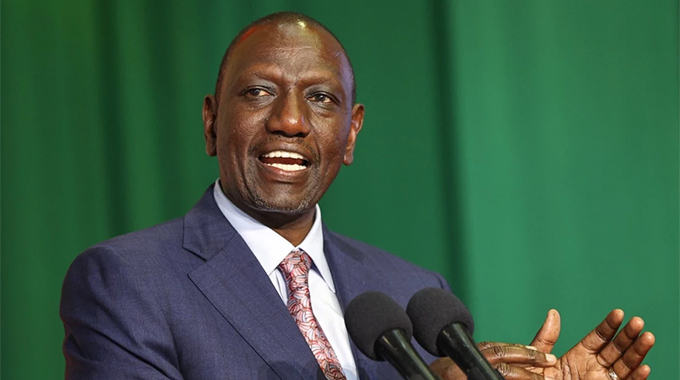157 cases of medical aid fraud recorded
Leonard Ncube in Victoria Falls
A total of 157 cases of medical aid fraud were recorded in the country last year and about $2 million was recovered, a senior official has said.
Giving an update on the health funders’ industry at the Association of Healthcare Funders of Zimbabwe (AHFoZ) annual all-stakeholders conference on health on Thursday, the association’s chief executive officer, Mrs Shylet Sanyanga expressed concern over increased incidents of medical aid fraud.
She said payouts by medical aid societies declined by more than $100 million last year compared to $437 228 600 paid in 2015.
“We are worried about increasing cases of medical aid fraud with 157 cases recorded and close to $2 million recovered last year,” said Mrs Sanyanga.
“In 2016, a total of 157 cases of fraud were collectively investigated compared to 50 cases in 2015 and 32 in 2014. A total of $1 971 435 was collectively recovered in 2016 compared to $159 278 in 2015.”
She said based on the statistics, it is clear that medical aid societies are contributing significantly to the healthcare budget, hence the need for the regulatory authority to strengthen the sector.
Mrs Sanyanga said health funders’ operations are constrained by the operational environment characterised by company closures and downsizing, high unemployment levels, informal economy, liquidity challenges and cash shortages.
“Based on a response rate of 54 percent, statistics show that in 2016 medical aid societies collectively paid $324 365 937 to various healthcare service providers compared to $437 228 600 in 2015. In 2016 the Ministry of Health and Childcare budget allocation for National Treasury was $330 million,” said Mrs Sanyanga.
She said there is a need for robust anti-fraud systems and relevant punishment to deal with fraud, abuse, misuse and waste.
Mrs Sanyanga said membership rose steadily from around 900 000 in 2010 and reached a high of more than 1.6 million in 2013 before falling to 1.3 in 2014, where it has stagnated for the past four years.
Mrs Sanyanga said despite static membership figures, more healthcare facilities were being opened.
She suggested the need for group practices for more convenience to patients as opposed to sole traders.
“Membership growth remains a challenge and requires innovative products that tap into the informal sector,” said Mrs Sanyanga.
AHFoZ membership remained stagnant in the past year with 27 members, including three affiliates. Mrs Sanyanga said AHFoZ and Zimbabwe Medical Association (ZiMA) had managed to mend their fractious relationship and agreed in principle on some “important projects.”
She said both associations were carrying out a scientific research on tariffs which have been a bone of contention for the two. “The scientific study has the collective support of AHFoZ and ZiMA and was given the nod by the Minister of Health and Child Care. The exercise commenced on July 4, 2017 and is due to be completed on October 4, 2017. It is being conducted by independent consultants,” she said.
She said the process of the study which involves recalibrating the fee structures, saw various service provider groups being consulted.
The conference started on Wednesday and ends today. — @ncubeleon










Comments